Your dog isn’t just your pet—they’re your biggest fan, your shadow, your always-there companion. But what if they’re trying to tell you something, and you’re missing the signs?
From sudden mischief to excessive whining, dogs have plenty of ways to say, Hey, I need you! Ignoring these little cries for attention can lead to bad habits, stress, and even health issues. No one wants a lonely pup acting out in frustration.
Maybe they’re nudging your hand nonstop, chewing up your shoes (again), or just staring at you with those heartbreakingly sad eyes. These behaviors aren’t random—they’re signals. And if you don’t pick up on them, your dog might start making their own rules.
Don’t wait until your furry best friend turns into a troublemaker. Learn to recognize the signs before it’s too late—because giving them a little extra love might be exactly what they need.
Excessive Barking
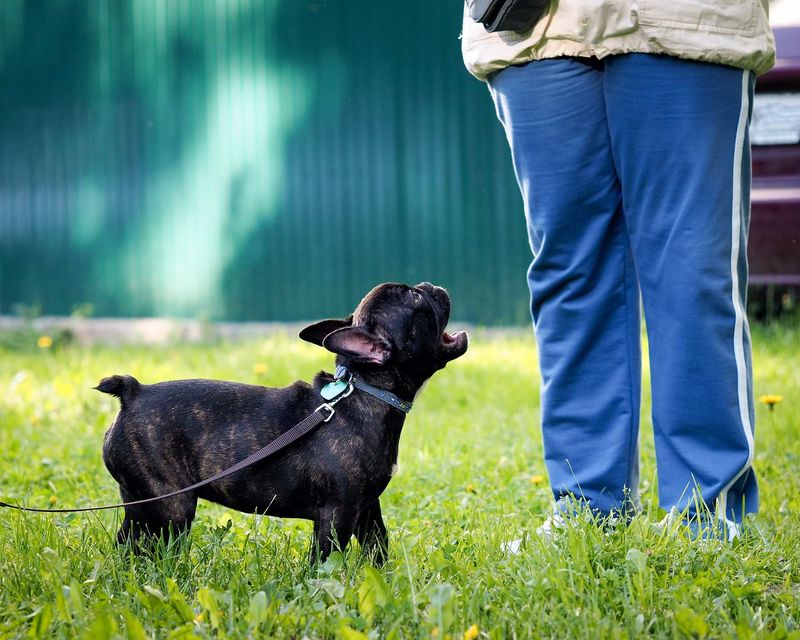
If your dog barks excessively, it may be trying to tell you something. This behavior often signals a need for more attention. Dogs bark to communicate, and when they feel neglected, they increase their vocal efforts.
A dog that barks at every passing car or neighbor might be seeking interaction. You can address this by spending more time playing with your pet or engaging in training sessions.
Understanding the root cause of excessive barking can help you provide the necessary attention and reduce this behavior.
Destructive Chewing

Destructive chewing can be a clear sign that your dog needs more interaction. Dogs turn to chewing when they’re bored or anxious. This behavior is not only frustrating but can also be hazardous.
Providing your dog with appropriate chew toys and engaging them in activities can alleviate this problem. Make sure your dog gets enough exercise, as physical activity helps curb destructive tendencies.
Redirecting their energy can save your belongings and improve your dog’s well-being. Consistent attention is key to preventing destructive chewing.
Attention-Seeking Behavior

Dogs often exhibit attention-seeking behaviors when they feel neglected. Pawing, whining, or nudging are common signs that your dog craves your focus.
These behaviors can be your pet’s way of asking for playtime or companionship. Sometimes, just a few minutes of undivided attention can satisfy their need for affection.
By acknowledging these signals and dedicating time to your pet, you strengthen your bond and help them feel secure. Regularly scheduled play sessions can fulfill their need for attention.
Frequent Whining

Whining can indicate that your dog is unhappy or anxious. When dogs whine frequently, they may be expressing their need for more attention or comfort.
It’s essential to understand the context of whining. If it’s persistent and not linked to specific triggers like hunger or bathroom needs, your dog might need more engagement.
Spending quality time with your dog can help reduce whining. Playing with them, taking them on walks, or simply sitting with them can make a big difference in their mood.
Restlessness

Restlessness in dogs can be a sign of unmet needs for exercise or attention. If your dog paces or can’t seem to settle down, it might be bored or anxious.
Ensuring your dog gets enough mental and physical stimulation can help alleviate restlessness. Interactive toys and regular walks can be beneficial.
A well-exercised dog is typically calmer and more content. By providing structured routines and dedicated time, you can help your dog feel more relaxed and satisfied.
Overeating or Undereating

Changes in eating habits can signal emotional distress. If your dog starts eating more or less than usual, it might be seeking comfort or feeling neglected.
It’s important to monitor these changes closely and consult with a veterinarian if they persist. Offering consistent feeding schedules and making mealtime engaging can help.
Sometimes, simply being present during meals can encourage healthier eating habits. Addressing emotional needs can often restore normal eating patterns.
Depression-like Symptoms

Dogs can experience depression-like symptoms if they feel ignored. If your dog seems lethargic or disinterested in activities it once enjoyed, more attention might be needed.
Engaging your dog in activities they love, like playtime or walks, can lift their spirits. Regular interaction and affection are essential for their happiness.
Sometimes, introducing new toys or experiences can reinvigorate your pet’s interest in life. Consistent care and attention are key to combating these symptoms.
Clinginess
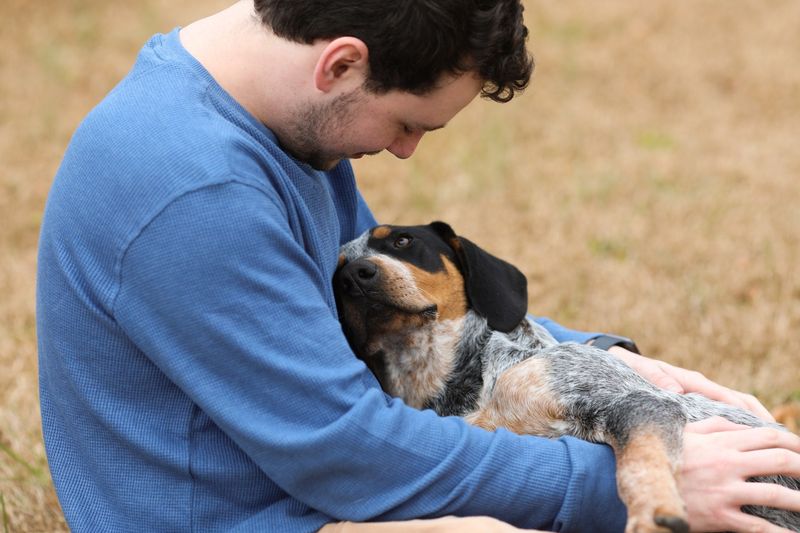
Clinginess is a common sign that your dog needs more attention. Dogs might follow you around more than usual if they feel insecure or neglected.
This behavior indicates their desire for companionship and reassurance. Providing dedicated time for your dog each day can help them feel more secure.
Activities like petting, talking, or playing can reinforce your bond and reduce clinginess. Establishing routines that include your dog can make them feel more involved and valued.
Unusual Aggression
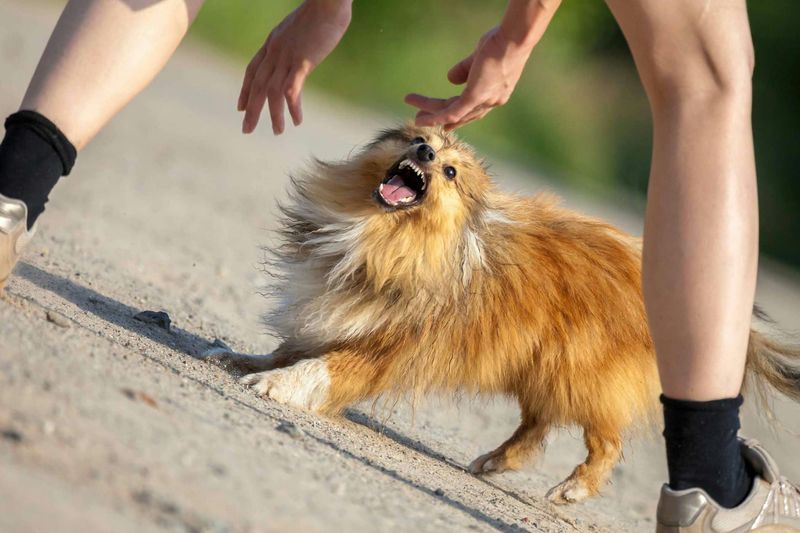
Unusual aggression can stem from a lack of attention or unmet needs. If your dog suddenly becomes more aggressive, it might be frustrated or anxious.
Understanding the source of aggression is crucial. Sometimes, regular play and interaction can alleviate this behavior. Providing outlets for energy through exercise and games can help.
Aggression should be addressed promptly, often with professional guidance, to ensure your dog’s well-being. Attention and understanding are vital to managing aggressive tendencies.
Ignoring Commands

If your dog starts ignoring commands it previously followed, it may need more engagement. This behavior can indicate boredom or a need for mental stimulation.
Regular training sessions and interactive play can reestablish your relationship and encourage responsiveness. Changing up routines can also reignite your dog’s interest.
Keeping training fun and rewarding helps maintain your dog’s focus and obedience. By dedicating time and attention, you can improve their behavior and cooperation.
Frequent Escaping
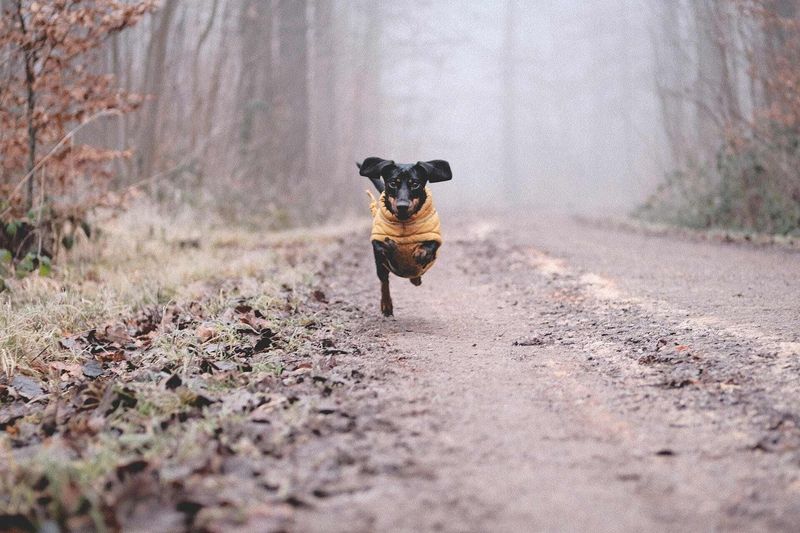
Dogs may try to escape more frequently if they’re not receiving enough attention at home. This behavior can indicate a strong desire for exploration or stimulation.
Ensuring your dog receives adequate mental and physical activities can reduce the urge to escape. Secure your yard and consider supervised walks.
Enriching your dog’s environment with toys and games can satisfy their curiosity. Consistent attention and engagement can curb the desire to wander off.
Licking and Grooming Excessively

Excessive licking or grooming can be a sign of stress or boredom. When dogs feel neglected, they may resort to these behaviors as a coping mechanism.
Providing more mental stimulation and affection can help reduce excessive grooming. Introducing interactive toys or puzzles can engage your dog’s mind.
Regularly scheduled play and bonding time are essential in addressing these needs. A well-attended dog is less likely to engage in self-soothing behaviors.
Separation Anxiety
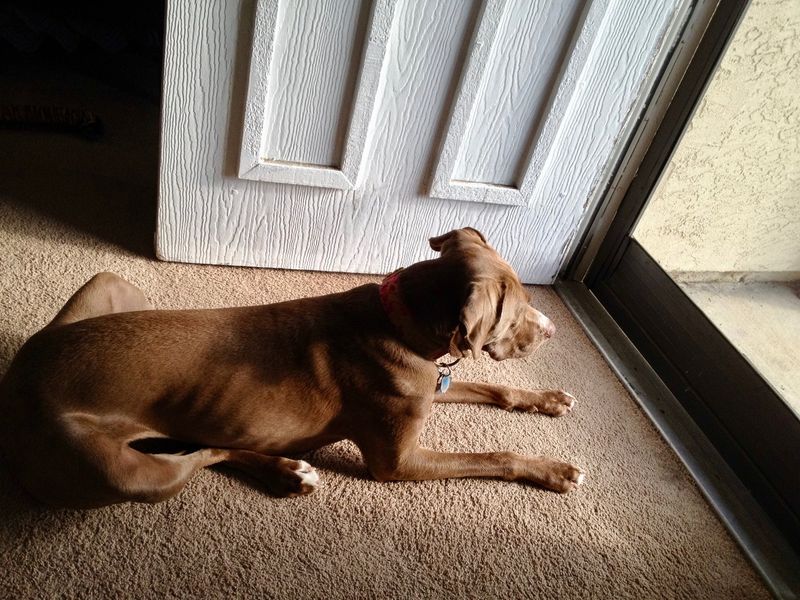
Separation anxiety is a clear indicator that your dog needs more attention. If your dog becomes anxious when you leave, they might require more reassurance and companionship.
Gradually increasing time apart can help them adjust. Providing comfort items and keeping departures low-key can ease anxiety.
Spending quality time together when you are home reassures your dog of your presence. Consistent attention and patience are crucial in managing separation anxiety.
Changes in Sleep Patterns

Altered sleep patterns can signal that your dog is anxious or bored. If your dog sleeps too much or too little, it may need more engagement or exercise.
Ensuring your dog has a comfortable sleeping environment and plenty of daily activities can help regulate sleep.
A balanced routine with adequate stimulation can improve your dog’s sleep quality. Monitoring these patterns can help you provide the attention your dog needs.
Loss of Interest in Toys
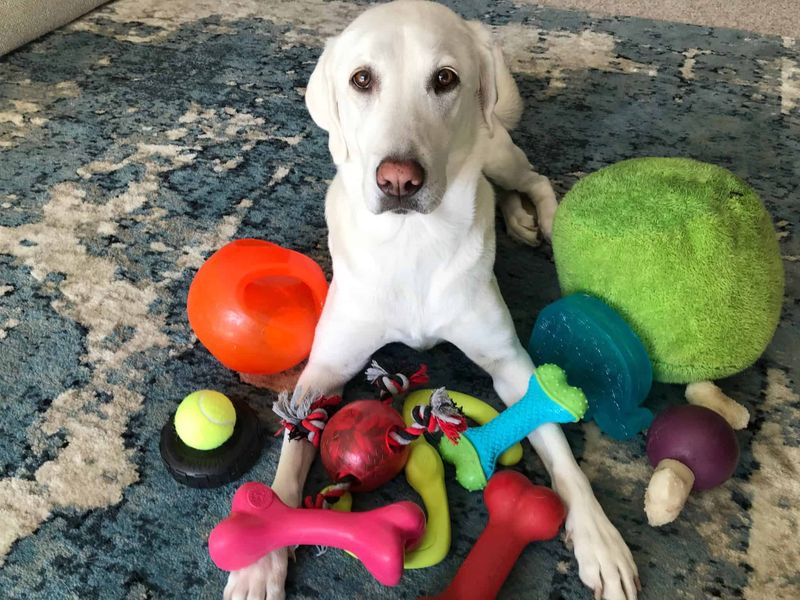
When a dog loses interest in toys, it might need more one-on-one time with you. This change can reflect boredom or a lack of stimulation.
Introducing new toys or rotating existing ones can reignite interest. Engaging in interactive play with your dog can also help.
Spending quality time exploring toys together strengthens your relationship and keeps your dog entertained. Consider activities that challenge their mind and body.
Frequent Digging
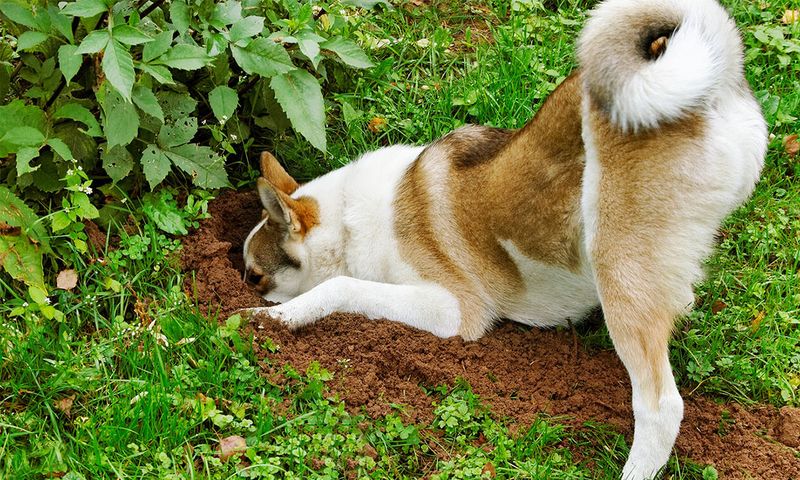
Frequent digging can be more than just a fun activity; it might signify that your dog needs more attention. Dogs often dig to relieve boredom or stress.
Providing alternative outlets like exercise and play can satisfy their needs. Guided play sessions and regular walks can channel their energy more positively.
By addressing these needs, you can reduce unwanted digging and ensure your dog feels fulfilled. Attention, exercise, and mental challenges are essential components to deter this behavior.

